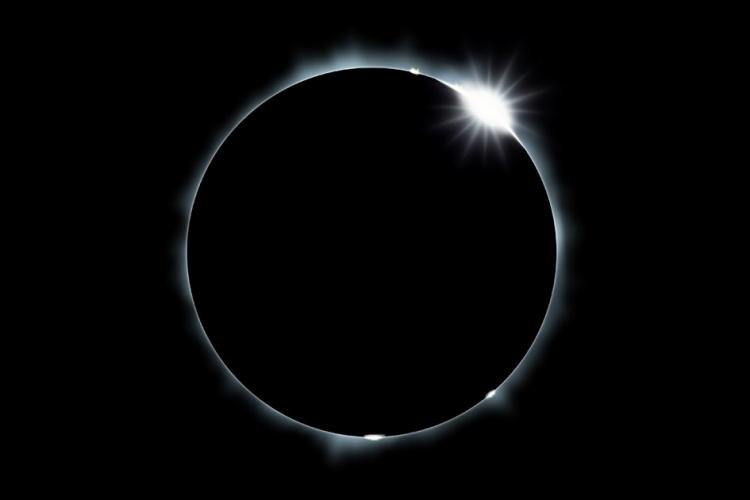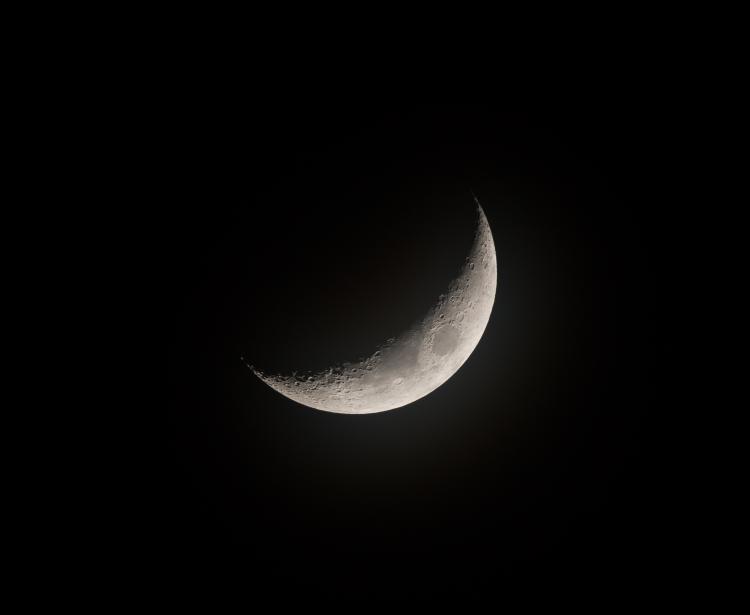
What is a full moon?
What is waxing crescent?
I am a star of moderate brightness and I am currently in the longest part of my life cycle.
What is a main sequence star?
The color of a star that has medium temperature, luminosity and size.

What is yellow or orange?
This is the side of the moon we never see from Earth.
What is the dark side of the moon?

What is a new moon?

What is waning crescent?
I am the last phase in the life cycle of our sun. Although I am hot, I am not bright.
What is a white dwarf?
The color of a tiny star with a HIGH temperature and LOW luminosity.

What is white?
The moon completes one cycle (revolution) around the Earth in this amount of time.
What is one month (28 days)?

What is waning gibbous?
What is waning gibbous?
I am a dying star and I am much larger and brighter than nearly every other star in the universe.
What is a supergiant?
The color of a star that is EXTREMELY bright but has a VERY cool temperature.

What is red?
These are the 5 main colors a main sequence star can be. (no hyphenated colors, eg. blue-green)
What are blue, white, yellow, orange & red?
![]()
What is waxing crescent?

What is first quarter?
I am a very large star, but despite my brightness, I am not very hot.
What is a red giant?
The color of a star with that has a HIGH temperature and HIGH luminosity.
What is blue?
These are the red-colored stages near the end of a star's life cycle. (there are 2; please include the mass of the star they came from)
What are red giant (average mass) and supergiant (massive)?
![]()
What is last or third quarter?

What is third/last quarter?
Look as hard as you'd like; you cannot find me on the H-R diagram. This is partly because I am so cold that I give off no heat and partly because the universe is not old enough for me to exist.
What is a black dwarf?
The color of a star that has LOW luminosity and low temperature.
These are the 2 possible reasons why a star would have a high apparent magnitude. (include information on distance and magnitude for each reason)
What is (1) the star is close to Earth and has average or high absolute magnitude or (2) the star is far away but has high or very high absolute magnitude.

